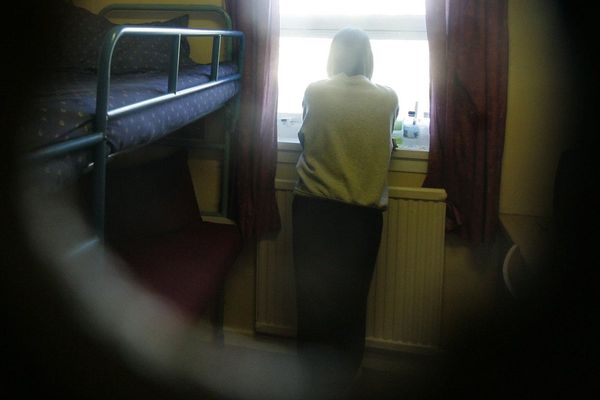
Electric automaker Tesla (TSLA) on April 19 issued a recall on its polygon-shaped Cybertruck after the automaker found that the accelerator pedal cover could come loose and pin the pedal at full throttle.
According to the NHTSA, all 3,878 Cybertrucks produced during the entire production run from November 13, 2023 to April 4, 2024 have been affected by the issue, which the agency says is caused by soap being used in the installation process.
For such a critical part, owners would think that major work needs to be done at Tesla's service centers in order to fix this defect, however, a video that made the rounds on social media shows that Tesla's guidance for the repair for this issue is very simple.
Related: Tesla crash continues as Musk doubles down on 'blindingly obvious' strategy
Here is the @cybertruck 35 second recall fix at the Cyber takeover event pic.twitter.com/XGsINAEFHQ
— Aaron Cash (@aaronjcash) April 20, 2024
In a video shared on X (formerly known as Twitter), user Aaron Cash captured the Elon Musk-led company's recall repair process on the Cybertruck being performed by a technician; a process captured from start to finish in the span of just 35 seconds.
In the video, a technician can be seen using what Tesla calls a "drilling jig" — the orange piece of plastic they use to align a power drill bit to go straight through the pedal cover and the pedal itself. The tech then positions a metal rivet in the hole and stamps the rivet to secure the pedal cover onto the pedal.
According to Tesla's service bulletin, the video did not capture the first step, which involves the tech measuring "the distance between the bottom of the aluminum accelerator pedal pad and the bottom of the pedal backing." If the tech finds that the bottom edge of the pedal cover is 5mm or further from the bottom of the pedal, they must replace the entire acceleration pedal assembly.

The bulletin also states that any metal shavings and debris resulting from the repair must be vacuumed up before giving the truck back to the customer. Additionally, it states that techs must inspect the rivet with a mirror to make sure it is not only riveted on correctly, but is also flush with the back of the pedal itself.
Tesla does not say whether or not the riveting is intended to be a temporary or permanent solution, however, the company does mention in its service bulletin that the fix is intended to ensure "sufficient retention force between the pad and accelerator pedal to prevent the pad from dislodging."
Additionally, Tesla said that the replacement accelerator pedal assembly intended for severe cases has a rivet installed in the same place as demonstrated. The automaker is instructing its techs that in the situation where a replacement part does not have a rivet, to rivet the cover to the cover in the same manner.
More Business of EVs:
- A full list of EVs and hybrids that qualify for federal tax credits
- Here’s why EV experts are flaming Joe Biden’s car policy
- The EV industry is facing an unusual new problem
Related: Veteran fund manager picks favorite stocks for 2024







